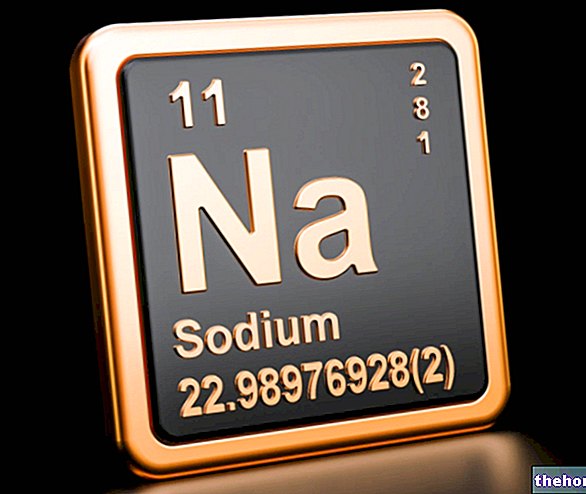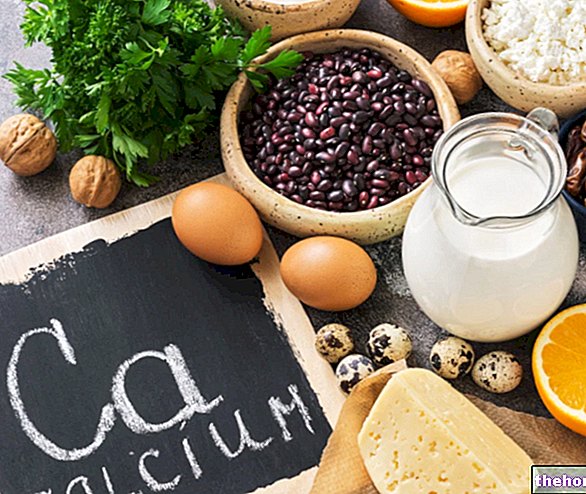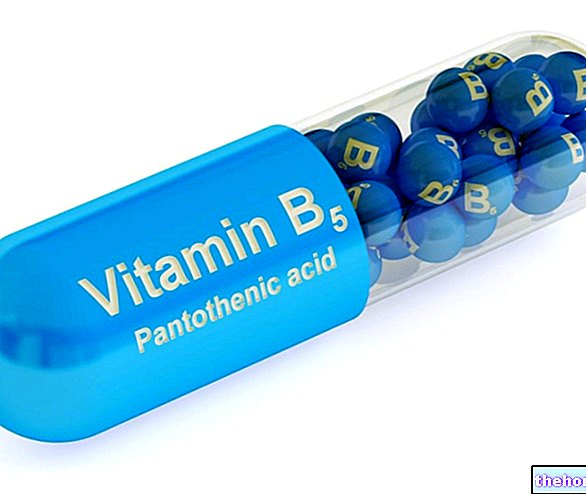See also: plasma atherogenicity index
The so-called cholesterol index - saturated fatty acids, also called the atherogenicity index of foods, has been proposed in an attempt to quantify the ability of individual foods to promote the growth of atherosclerotic plaques inside the arteries:
Cholesterol index - ac. saturated fat = (1.01 x g ac.saturated fat) + (0.05 x mg cholesterol)
In fact, we know that the atherogenic power of a food does not depend only on the cholesterol content, but also and above all on the richness in saturated fats. Crustaceans, for example, despite being foods particularly rich in cholesterol, are considered less atherogenic than animal fats, since they contain few hypercholesterolemic saturated fatty acids (in particular myristic and palmitic).The cholesterol content of red and white meat is also similar, but since the latter is less rich in saturated fats, it is preferred to red.
The atherogenicity index of foods has various limits, first of all the scarce calculation practicality. Furthermore, it does not take into account the different atherogenic power of fatty acids, which is minimal for stearic acid and for those with a shorter chain, and maximum for myristic acid and palmitic acid. Thus, if we take for example two samples of coconut oil and palm oil, weighed in such a way as to contain the same quantity of saturated fatty acids, according to the above formula, the index of atherogenicity is almost identical, when in reality palm oil is much more atherogenic (because it is rich in palmitic and palmitoleic acid).

Effects of replacing one percent of daily calories from carbohydrates with one percent of calories from related fatty acids.
Furthermore, the atherogenicity index of foods does not take into account the anti-atherogenic (lipid-lowering) effect of some monounsaturated (see oleic) and polyunsaturated (see omega three and omega six) fatty acids. Finally, it does not bother to evaluate the caloric content and the glycemic index of foods, factors that stimulate lipid synthesis by increasing their atherogenic power. This is the case, for example, of table sugar and ethyl alcohol, which - despite having a cholesterol / saturated fatty acid index equal to zero - are strongly hyperlipidemic.
Even with all these limits, the cholesterol / saturated fatty acid index underlines a very important and often underestimated concept:
the atherogenicity of a food depends above all on the concomitant presence of high quantities of cholesterol and saturated fatty acids, and in particular on the concentration of the latter.




























